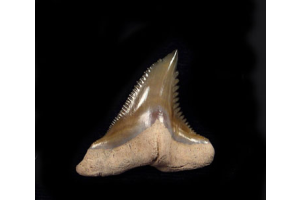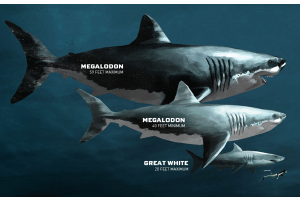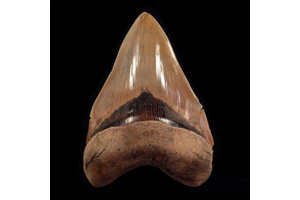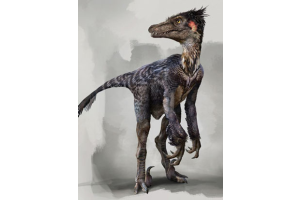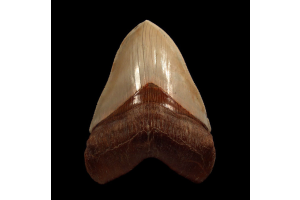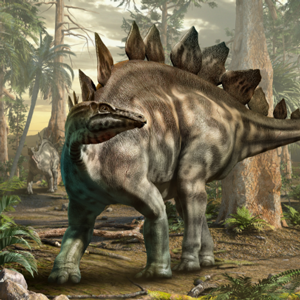
Like any other branch of science, paleontology is constantly evolving. Somewhere some fossil crops up, and experts examine them as evidence and come up with tentative theories. Now, the real test lies in whether those theories are able to endure through time and against counter arguments and criticism from contemporary and future scientists. And when you work on something long enough, especially something like dinosaurs that existed millions of years ago, some misconceptions, misunderstandings and incorrect theories are bound to appear and disappear over time.
Here are some such historical facts about dinosaurs that have now been disproved:
-
The Stegosaurus had a butt in its hindquarters
In 1877, the discovery of the Stegosaurus baffled naturalists who were still not aware of the existence of giant lizards with bird-sized brains. This was the reason why Othniel C. Marsh, a renowned American paleontologist, introduced the idea of a second brain in the dinosaur’s hip, the function of which was to control the rear part of the animal’s body. This idea was widely refuted and it was found that the cavity in the hip was used to store glycogen.
-
The Archaeoraptor blunder
The Archaeoraptor fossil, which reportedly came from the Early Cretaceous beds of China, was presented by National Geographic magazine as the best evidence that proved the theory that birds did, in fact, evolve from dinosaurs. It was, however, later found that the fossil was not authentic and was a forgery created using rearranged pieces of fossils of other species. This was quite an embarrassment for the magazine and it had to issue a press release saying that the fossil could be a composite. It was after a long investigation, the results of which were published in 2020, was it established that the fossil was a composite.
-
The Loch Ness Monster
The Loch Ness Monster is believed to be a gigantic reptilian creature that inhabits Loch Ness in Scotland. The infamous “photograph” of the monster show a long-necked creature which bears a striking resemblance to plesiosaurs, which roamed the earth more than 65 million years ago. While some cryptozoologists still believe that the plesiosaur lives in Loch Ness, there has been no convincing evidence to support that claim.
-
Dinosaurs were killed by caterpillars
Right before the dinosaurs went extinct, the earth saw the evolution of caterpillars during the Cretaceous period. There was a time when some scientists were convinced that hordes of these creepy-crawlies ate all the tree leaves, which led to plant-eating dinosaurs starving to death, which in turn, led to the death of the dinosaurs that fed on them. While you may still find some believers of this myth today, the widely held consensus is that a huge meteor impact led to the dinosaurs getting wiped off the face of the earth.
Are you budding paleontologist or an avid fossil collector? At Buried Treasure Fossils, we offer a selection of authentic dinosaur fossils for sale.






